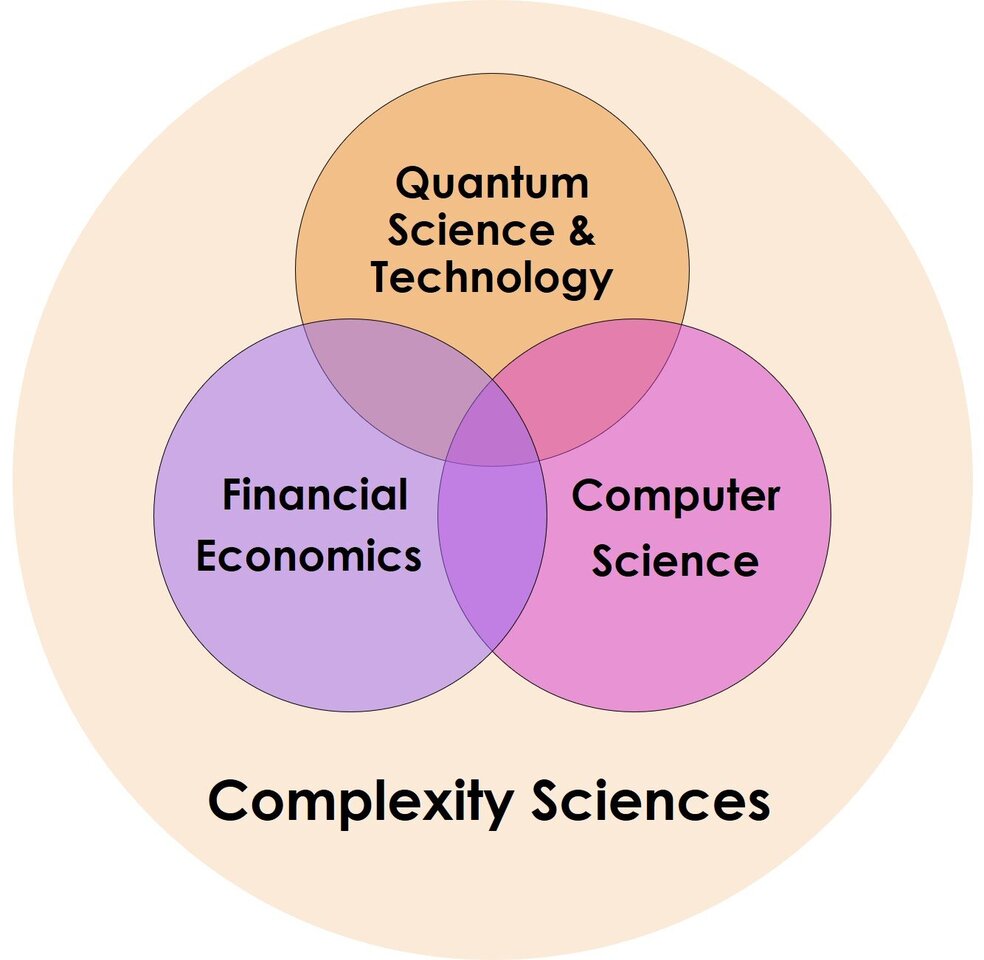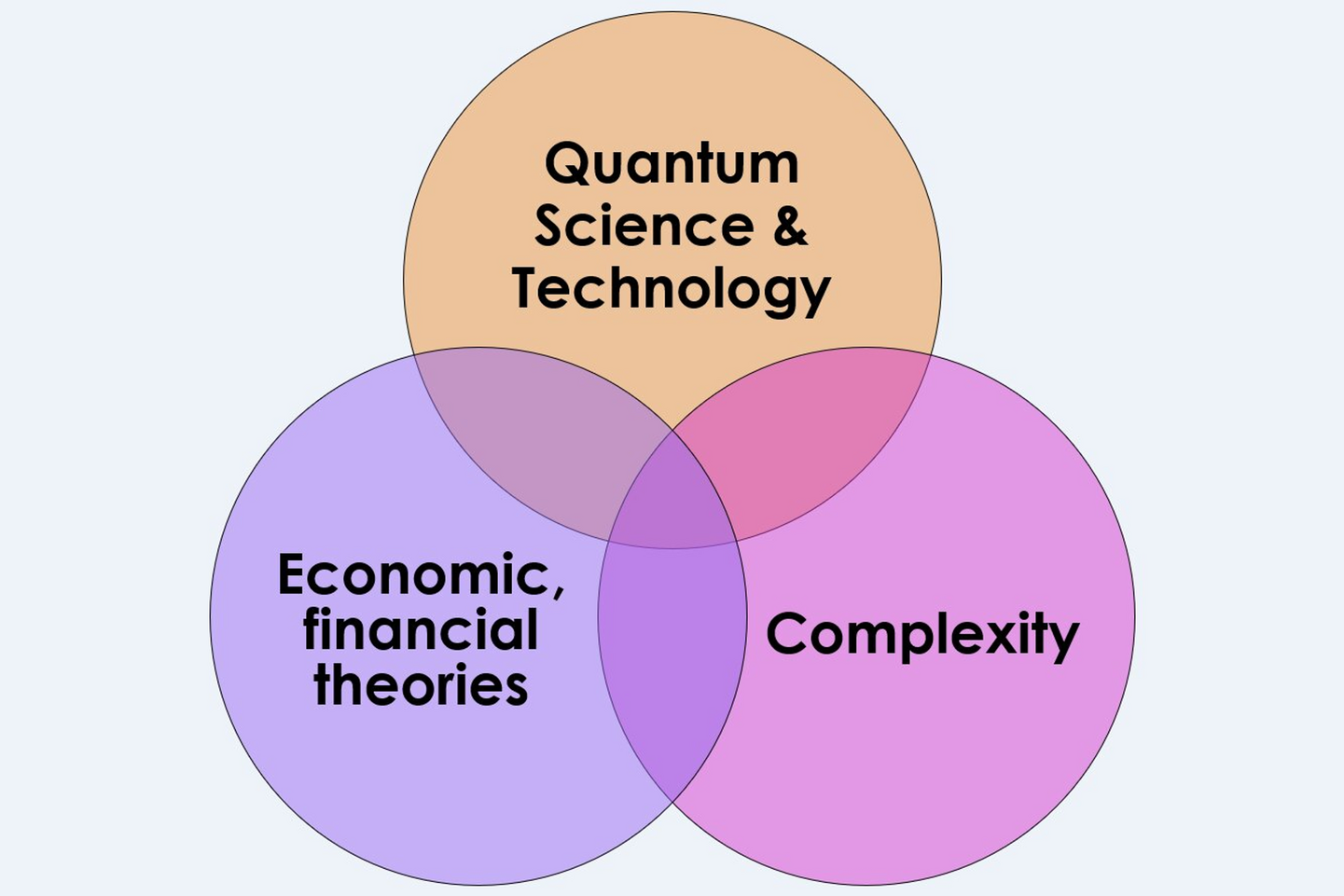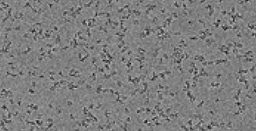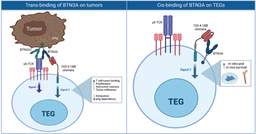A Chinese Folk Scientist-From the Financial Market to Quantum Many-Body Theory
Published in Physics, Computational Sciences, and Mathematics

Mr. Leilei Shi was born in Jinhua, Zhejiang Province, China, in 1959. He is the youngest of five children and grew up with four sisters. His father, Anju Shi, born in Tongliang, Chongqing, in 1911, was a pediatrician, while his mother, Suhua Liao, born in Xiluo, Taiwan Province, in 1922, worked as a maternity assistant at a hospital. Mr. Shi currently resides permanently in Beijing, P.R. China. He got married at the age of 50, retired at 60 in 2019, and continued working at Haitong Securities Co., Ltd. (Guotai Haitong) until 2024. He is now a father to a 13-year-old son.
In 2024, Mr. Shi founded Beijing Shangdafei Science & Technology Co., Ltd., which focuses on various high-tech areas, including quantum information technology, artificial general intelligence (AGI), and wireless AGI entanglement communications (7G wireless communications).
Mr. Shi obtained a Bachelor of Science in physics from the University of Science and Technology of China (USTC) in Hefei in 1982. He later pursued studies in business management at the Asian Institute of Management (AIM) in the Philippines, supported by a scholarship from the Asian Development Bank — The Government of Japan during the 1992-1993 academic year. In 2006, he made a significant discovery in the financial markets, unveiling a cumulative trading volume-price probability wave equation [1-5]. Since 2018, he has served as an industry advisor for the Master's in Finance Program at the School of Management at USTC, a three-year, full-time program.
Inspired by the nonlocal many-agent trading wave equation in financial markets, Mr. Shi led a research group that authored the paper entitled "Interaction Wave Functions for Interaction-Based Coherence and Entanglement in Complex Adaptive Systems.” This paper was published online in the International Journal of Theoretical Physics on November 17, 2025 [6]. The authors proposed a new framework to uncover the underlying mechanism of interaction-coherent entanglement. This concept has puzzled the scientific community for over 90 years since the introduction of the Einstein-Podolsky-Rosen (EPR) paradox in 1935 [7].
As a freshman in the Department of Physics at USTC in 1978, Mr. Shi was profoundly influenced by a mechanics course taught by senior lecturer Mr. Li-Zhi Fang (see Fig. 1). Mr. Fang encouraged students to treat many-body problems as complex systems by using a "black box" approach, rather than solely relying on Newton's laws. He advised students to focus on the relationships between the input and output of this “black box,” regardless of the internal complexities they would encounter in their future careers. He noted that unexpected outcomes often arise in theoretical studies. Additionally, Mr. Longxuan Chen emphasized the importance of mastering essential mathematical skills in calculus of variations, describing it as a valuable tool for anyone aspiring to develop a scientific theory, particularly for theoretical physicists. The education at USTC planted the seeds of science in Mr. Shi’s soul, but during China’s economic reform initiated by Xiaoping Deng, he gradually shifted his focus to a business career rather than fundamental scientific research.
Fig. 1: Professor Li-Zhi Fang (1936-2012) was in a lecture at the University of Science and Technology of China (USTC) in the 1980s.
In 1999, twenty years later, Mr. Shi had developed an interest in academic research on financial markets while working as an independent stock trader in Beijing since 1996. Drawing from his years of stock trading experience and with the assistance of two USTC classmates, Professor Huaiyu Wang and Associate Professor Youjiang Guo, from the Department of Physics at Tsinghua University, he revisited financial markets as complex systems. This exploration ignited his curiosity and led him to consult the physical and mathematical textbooks he had studied at USTC. His findings culminated in a paper published in Physica A in 2006, where he introduced a cumulative trading volume-price probability wave equation.
In June 2022, during a conversation with his then 9-year-old son, Haotian Shi, about the relationship between intelligent traders and complex systems, Mr. Shi began to ponder whether entangled particles possess intelligence-like properties, in addition to their wave-like characteristics. This intriguing question rekindled his passion for quantum physics. For over 90 years, quantum entanglement has posed challenges to the scientific community and remains a mystery.
Since then, Mr. Shi, as the lead author of a research group, has dedicated himself to understanding the underlying mechanisms of quantum entanglement and explaining its non-Gaussian distribution within the interdisciplinary field of complexity sciences (see Fig. 2) [8]. The theory was backed by a series of experiments on induced coherence and entanglement in optical interference dating back to 1991 [9-11]. His findings were eventually published in a paper on quantum interaction-coherent entanglement in the International Journal of Theoretical Physics.
This journey, spanning the bustling financial markets and the intricate world of quantum mechanics, showcases Mr. Shi’s passion for exploring complex systems. It also highlights the potential for interdisciplinary exploration to lead to groundbreaking discoveries in science.
Fig. 2 Quantum many-body interaction-coherent entanglement studied in the interdisciplinary fields.
Maintaining interaction-coherent entangled states, which are dissipative and energy-consuming, requires scientists and engineers to supply energy to complex quantum many-body systems. These pure states exhibit high fidelity, strong resistance to decoherence, and the ability to self-adapt, self-organize, and self-repair. Such characteristics suggest potential applications in quantum information technology, including wireless photon-entanglement communication via mobile phones, quantum computation, and quantum precision measurement.
From a thoughtful perspective, Mr. Shi intends to propose an adaptive behavioral theory for artificial general intelligence (AGI), based on a many-agent trading volume-price probability wave equation. Stock markets provide an excellent platform for studying human intelligence.
References
- Shi, Leilei (2006): “Does Security Transaction Volume-Price Behavior Resemble a Probability Wave?” Physica A, 366, 419-436.
- Shi, Leilei, Liyan Han, Yiwen Wang, Yan Piao, Ding Chen, and Chengling Gou (2011): “Market Crowd’s Trading Conditioning and Its Measurement”, In Working Paper, Presentations at the 10th China Economics Annual Conference (2010), 7th Annual Meeting of Chinese Finance Association (2010), 2010 Econophysics Colloquium (Taipei, China), the 60th Annual Meeting of Midwest Financial Association (2011, USA), 2011 China International Conference in Finance (CICF). Preprint available at Elsevier SSRN: http://ssrn.com/abstract=1661515
- Shi, Leilei, Binghong (Bing-Hong) Wang, Xinshuai Guo, and Honggan Li (2021): “A Price Dynamic Equilibrium Model with Trading Volume Weights Based on a Price-Volume Probability Wave Differential Equation”, International Review of Financial Analysis, 74 (March), 101603.
- Shi, Leilei, Xinshuai Guo, Andrea Fenu, and Bing-Hong Wang (2023): “The Underlying Coherent Behavior in Intraday Dynamic Market Equilibrium,” China Finance Review International, 13 (4), 568-598. https://doi.org/10.1108/CFRI-08-2022-0149
- Wang, Bing-Hong, and Leilei Shi (2025): “Network Complexity and Financial Behavior—volume distribution over price in the financial market,” Chapter 20 in Routledge Handbook of Complexity Economics (Co-edited by Ping Chen, Wolfram Elsner, and Andreas Pyka), 360-373.
- Shi, Leilei, Xinshuai Guo, Wei Zhang, Bing-Hong Wang (2025): “Interaction Wave Functions for Interaction-Based Coherence and Entanglement in Complex Adaptive Systems,” International Journal of Theoretical Physics, 64 (12), 323 https://doi.org/10.1007/s10773-025-06172-6
- Shi, Leilei (2025): “Chinese Scientists Are Expected to Uncover the Underlying Mechanism of Quantum Coherent Entanglement,” Kudos, Available at https://www.growkudos.com/publications/10.21203%252Frs.3.rs-6846233%252Fv1/reader
- Shen, Y., S. M. Assad, N. B. Grosse, X. Y. Li, M. D. Reid, and P. K. Lam (2015): “Nonlinear Entanglement and its Application to Generating Cat States,” Physical Review Letters, 114, 100403.
- Zou, Xing-Yu, Li-Jun Wang, and Leonard Mandel (1991): “Induced Coherence and Indistinguishability in Optical Interference,” Physical Review Letters, 67(3), 318-321.
- Wang, Li-Jun (Lijun), Xing-Yu Zou, and Leonard Mandel (1991): “Induced Coherence without Induced Emission,” Physical Review A, 44(7), 4614-4622.
- Bruß, Dagmar (Eds.) (2025): “Quantum Foundations Collection—Editorial: Celebrating the First Century of Quantum Physics and Preparing for the Next One,” Physical Review Letters, 134, 150001, Available at https://promo.aps.org/quantum-foundation-collection
Follow the Topic
-
International Journal of Theoretical Physics

This is a single-blind peer-reviewed journal dedicated to the development and fostering of theoretical physics as an overarching and unifying conceptual, mathematical, methodological and computational framework for carrying out fundamental research in physics.
Related Collections
With Collections, you can get published faster and increase your visibility.
IQSA 2025
The Intermediate IQSA 2025 Conference - held specifically at the occasion of International Year of Quantum Science and Technology - brings together researchers who disseminate, apply and advance quantum structures within and beyond physics, and carry forward the foundational spirit of the founding fathers of quantum mechanics by investigating the structures that underlie the quantum world and its mathematical representations.
This special issue collects selected papers presented at the conferences and expressly welcomes submissions from non-participants working in the field.
Topics covered include logico-algebraic structures, quantum logics, empirical logics, operational structures, mathematical foundations of quantum mechanics and quantum field theory, operator algebras and applications to quantum physics, quantum geometry, quantum probability, quantum topology, quantum space-time, quantum information, quantum communication, quantum computation, general probabilistic theories, phase space quantum mechanics, philosophy of quantum mechanics, quantum causal structures, application of quantum structures in cognitive and socio-economic domains.
Publishing Model: Hybrid
Deadline: Dec 31, 2025






Please sign in or register for FREE
If you are a registered user on Research Communities by Springer Nature, please sign in
It is excellent!